News

Building a tunnel made up of both hard and soft materials to guide the reconnection of severed nerve endings may be the first step toward helping patients who have suffered extensive nerve trauma regain feeling and movement, according to a team of biomedical engineers.
Read The Article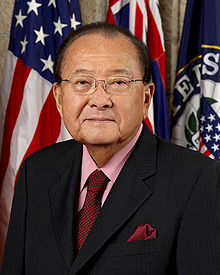
With the final word "Aloha" on his lips, Sen. Daniel Inouye (D-HI) died this evening at the age of 88 at the Walter Reed National Military Medical Center (WRNMMC). Inouye had been admitted to the hospital last week for emphysema and respiratory complications.
Read The Article
Building a tunnel made up of both hard and soft materials to guide the reconnection of severed nerve endings may be the first step toward helping patients who have suffered extensive nerve trauma regain feeling and movement, according to a team of biomedical engineers.
Read The Article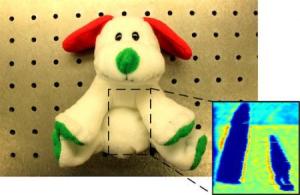
A secret agent is racing against time. He knows a bomb is nearby. He rounds a corner, spots a pile of suspicious boxes in the alleyway, and pulls out his cell phone. As he scans it over the packages, their contents appear onscreen. In the nick of time, his handy smartphone application reveals an explosive device, and the agent saves the day.
Read The Article
Oct. 4, 2012 — Small cubes with no exterior moving parts can propel themselves forward, jump on top of each other, and snap together to form arbitrary shapes.
In 2011, when an MIT senior named John Romanishin proposed a new design for modular robots to his robotics professor, Daniela Rus, she said, "That can't be done."
Read The Article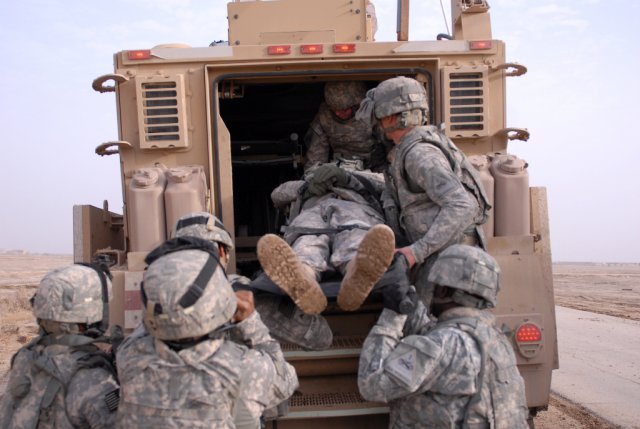
FORT DETRICK, Md. (Oct. 1, 2012) -- The terrain in Afghanistan is tough. Drivers face roads that wind down treacherous hillsides with hairpin turn after hairpin turn, sandy valleys between tree-spotted ranges, snow-chilled mountains and plains, mud from snowmelt, narrow passes filled with boulders, and rivers, and more mud. Add in extremes of temperature, the danger of flash flooding and earthquakes, and the expectation of unexploded land mines and improvised explosive devices. Add in sniper gunfire, heavy artillery, and wounded warriors. The U.S. Army Medical Research and Materiel Command's Medical Materiel Development Activity, Medical Support Systems Project Management Office, or USAMMDA MSS PMO, works with military, government and industry partners to improve equipment and evacuation capabilities, giving minutes back, saving lives.
Read The Article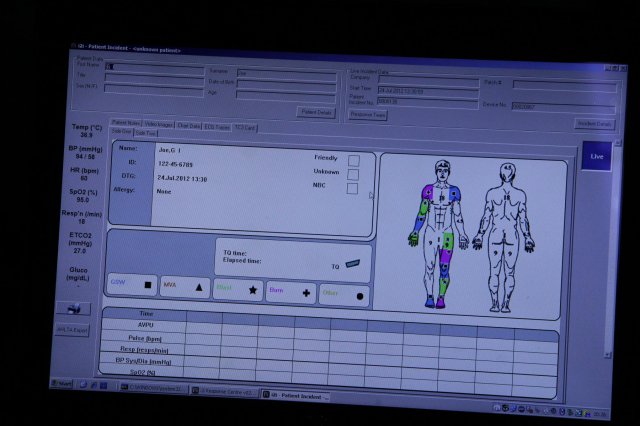
Key medical and technical personnel from the U.S. Army Medical Research & Materiel Command and the U.S. Army Research, Development and Engineering Command combined prototype medical military software with commercial hand-held technologies and tactical 4G networks to send medical information from the point of injury on the battlefield back to the doctor for real-time communication and decision making.
Read The Article

Workshop series to focus on service members' unique cultures A series of workshops to continue East Carolina University's legacy as a military-friendly campus and to educate students, faculty and administrators about people who serve or have served in the military begins this week.
ECU's Office of Public Service and Community Relations is partnering with the Citizen Soldier Support Program to present four workshops as part of Operation Reentry North Carolina, a university-wide initiative to address the rehabilitation and re-entry concerns of military personnel, veterans and their families. The project is supported by a cooperative agreement awarded and administered by the U.S. Medical Research and Materiel Command and the Telemedicine and Advanced Technology Research Center at Fort Detrick, Md.
Read The Article
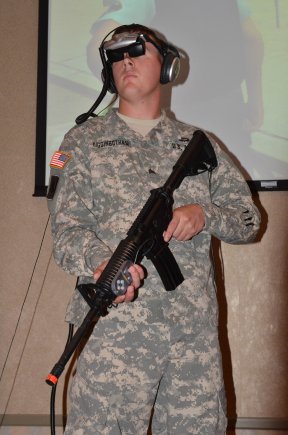
Read The Article

Even the US army is getting in on the act, using it to make lightweight body armour and ballistic glass.
Read The Article
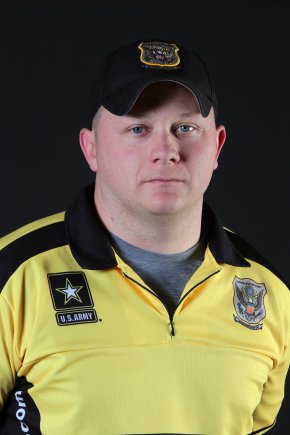
With the start of the games one week away, the U.S. Army Marksmanship Unit Soldier is set to become the first combat-wounded active-duty service member to ever compete in the world's second-largest sporting event.
Read The Article
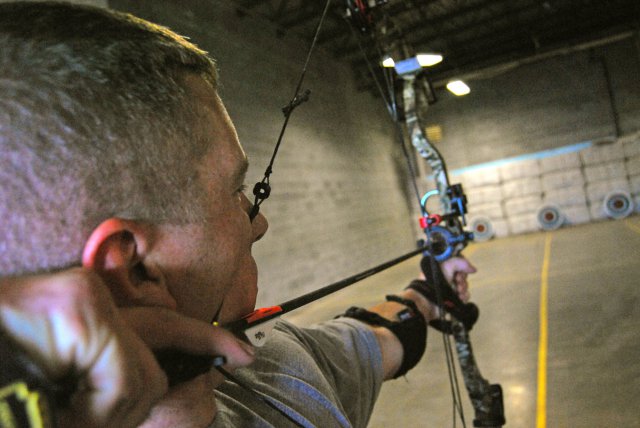
For a select few, however, the need to compete and stand out above their peers is compelling enough for them to participate, despite physical and mental setbacks brought on by combat-related traumatic injury.
Read The Article
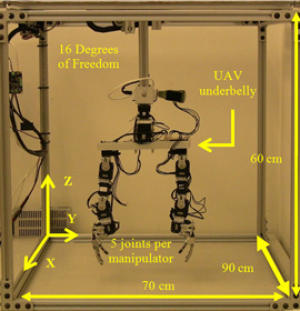
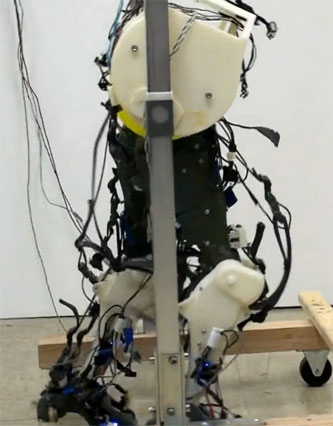

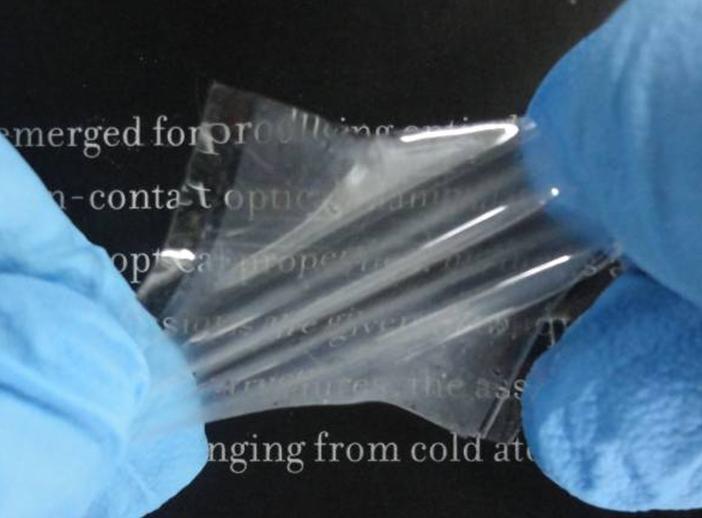
Scientists have recently developed a design that allows electronics to bend and stretch to more than 200 percent their original size, four times greater than is possible with today's technology.
Read The Article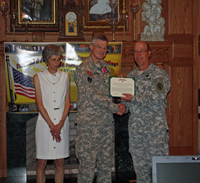
COL Ronald K. Poropatich, MC
1 October 1978 ~ 30 September 2012
Colonel Ron K. Poropatich was officially retired by Major General James K. Gilman, Commanding General, U.S. Army Medical Research & Materiel Command (USAMRMC), at Dutch's Daughter restaurant in Frederick, MD on Friday, 22 June, after a long and distinguished 34 year military career. In addition to the "packed house" of more than one hundred friends and long time colleagues, he was joined by his wife, Dr. Cary Poropatich, his daughter Kate, and son, Kurt. It was noted that Colonel Poropatich had demonstrated excellence as an Army officer, a physician, a researcher and technologist, a mentor and leader and, most importantly, as a dedicated father, husband, and son. In his career, he worked toward wide-scale implementation of telehealth applications across the U. S. Army Medical Department and set in motion initiatives that benefit the Soldier today. Telemedicine activities dominated more than 19 years of his distinguished career with a longstanding 17-year association with TATRC. He was frequently asked by Line & AMEDD leaders to solve problems in Garrison and in the theaters of war using innovative telehealth solutions. He previously served as the Chair of the NATO Telemedicine Expert Team, as President and Board Member of the American Telemedicine Association, and was a practicing Pulmonary Medicine physician at the Walter Reed Army Medical Center, Washington, DC. COL (ret) Poropatich continues to serve as a Professor of Medicine at the Uniformed Services University of the Health Sciences in Bethesda and as an Associate Editor for the "Telemedicine and e-Health Journal." At his retirement, Colonel Poropatich was presented with the Legion of Merit, the Presidential Letter of Appreciation and citation signed by President Barack Obama, the Maryland Governor's Letter of Recognition and citation signed by Governor O'Malley, the 30 year AMEDD Medallion, the 30 year Medical Corps Coin, and numerous letters and coins from General Officers in appreciation for his many contributions.
In his quest to continue his association with the Military, Dr. Ron Poropatich has accepted a new position at the University of Pittsburgh's newly established Center for Military Medicine Research, Health Sciences where he will serve as the Executive Director of the Center. The goal of this Center is to develop new research themes and to promote collaboration among investigators in the Health Sciences and related disciplines which will lead to significant scientific and clinical advances that support the interests of the Department of Defense. Particular research themes envisioned for the Center include concepts and applications of regenerative medicine, reconstructive surgery, transplantation immunology, tissue engineering, and neuroscience especially as it relates to traumatic brain injury, neuro-rehabilitation, and neuroprosthetics. When he's not working, Dr. Poropatich plans to spend time with his family on the Eastern Shore.
Farewell & GodSpeed, COL Ron Poropatich! You will be sorely missed!
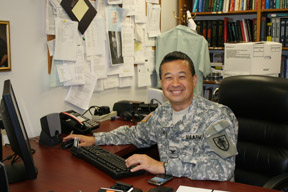
FALLS CHURCH, VA (June 11, 2012) -- U.S. Army Colonel Geoffrey S. F. Ling, M.D., Ph.D., who has been at the cutting edge of brain injury research since the mid 1990s was awarded the Humanitarian Award from the Brain Mapping Foundation in a ceremony in Toronto, Canada earlier this month. Ling is a professor and the interim Chairman of the Department of Neurology at the U.S.'s only military medical school--the Uniformed Services University (USU) and also the Program Director at the Defense Advanced Research Projects Agency (DARPA).
Read The Article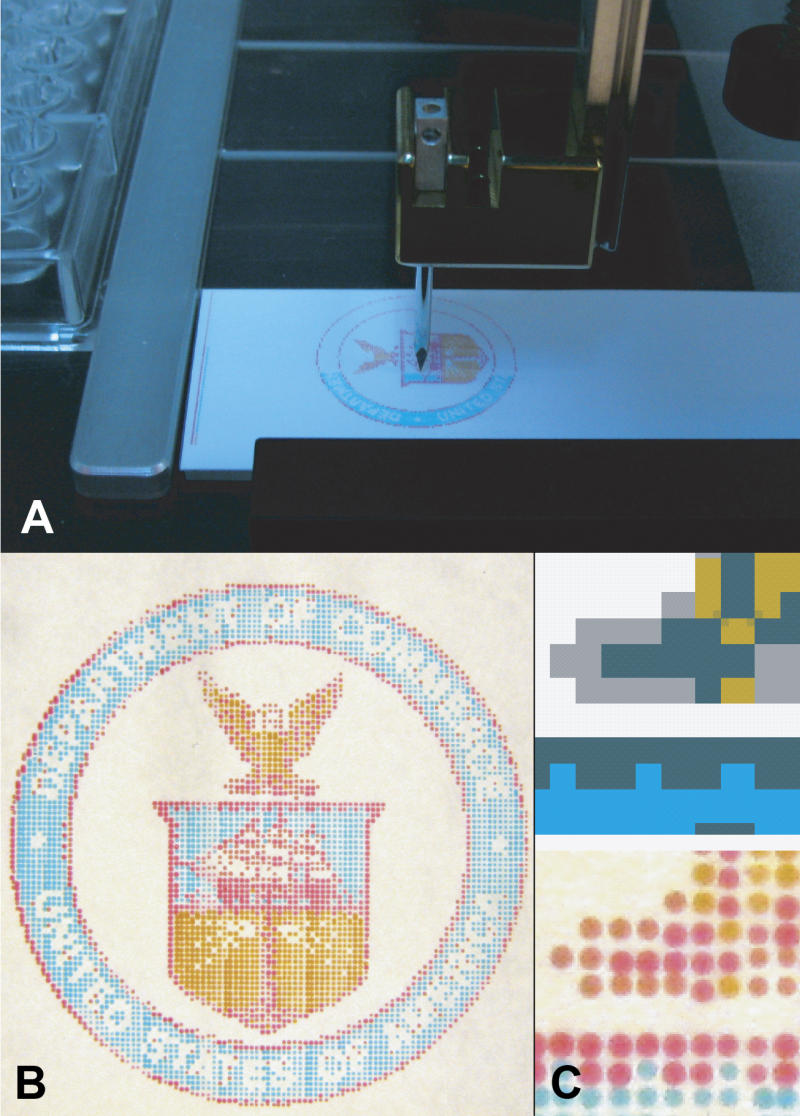
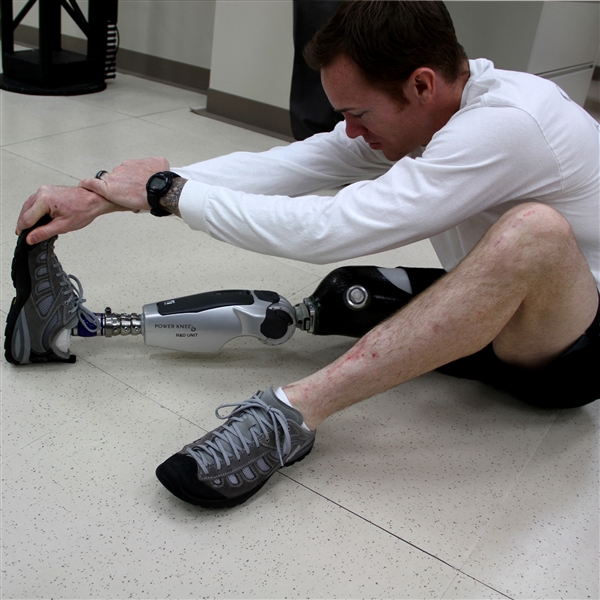
BETHESDA, Md., April 27, 2012 – Marine Corps Cpl. Garrett Carnes was on a clearing mission in Afghanistan‘s southern Helmand province in February when he stepped on a pressure plate that exploded and cost him both legs.
Two months later, the former squad leader was fitted with prosthetic legs -- one with the X2 microprocessor power knee, and the new combination of a bionic foot and ankle at Walter Reed National Military Medical Center here.
Read The Article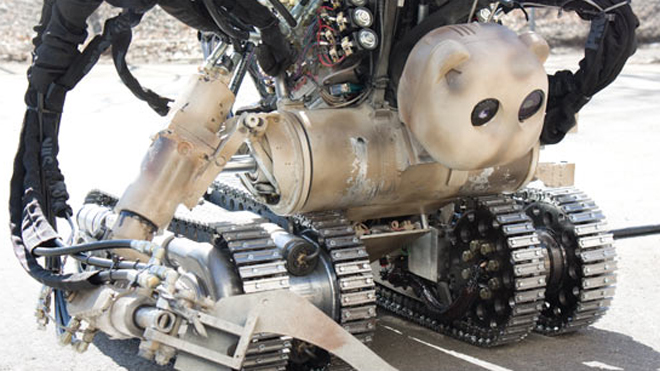
Six feet tall, made of aluminum and bench-pressing 500 pounds, this isn't your average teddy bear.
The Bear robot, so named for its cutesy bear-like face, designed to be familiar and reassuring, is agile, strong and capable of lifting and then carrying an injured fighter out of harm's way.
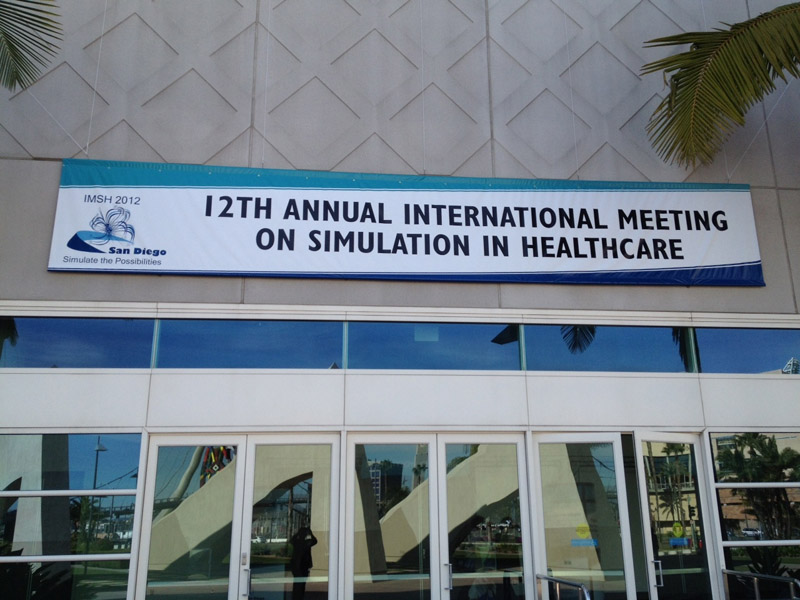
The ability to provide point of injury care to wounded personnel is a critical strategic and humanitarian requirement for the Department of Defense. Typically, this task falls to whomever is closest in proximity to the wounded regardless of their duty station; thus, the ability to train novices on critical treatment tactics is vitally important. A large multicenter research initiative within the DoD focuses on combat casualty care training that will optimize materials and topics as well as understand the tools and technologies that have the potential to accelerate the learning curve. The goal is to provide appropriate, prompt, and effective training while maintaining or improving fidelity and lowering costs of training and education.
Read The Article
February is Low Vision Awareness Month, a campaign that was started to raise awareness for macular degeneration and other vision problems.
Under the Telemedicine and Advanced Technology Research Center's vision portfolio, we address low vision to aide Soldiers in seeing again.
Read The Article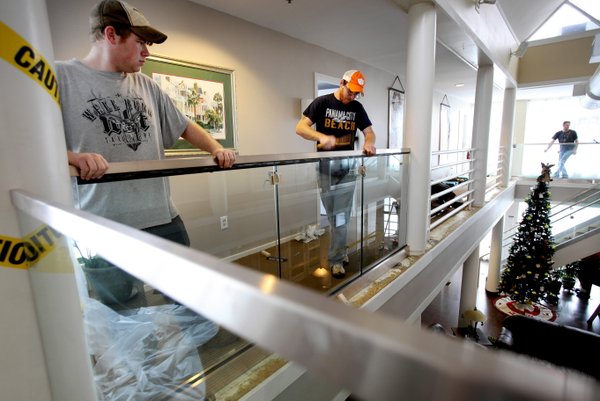
Charleston's Ronald McDonald House is putting the results of a recent study led by a Medical University of South Carolina researcher into practice.
Read The Article

Read The Article